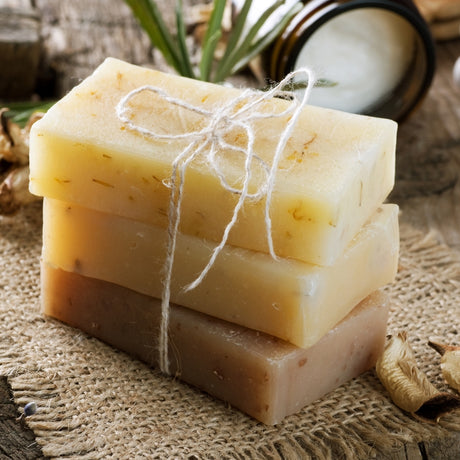Payment and security
Payment methods
Your payment information is processed securely. We do not store your credit card details and do not have access to your credit card information.
Description
Description
Jungbunzlauer is one of the world's leading producers of biodegradable ingredients of natural origin. This international company based in Switzerland was founded in 1867. Today it specializes in citric, gluconic and lactic acids, xanthan gum, functional acids, salts and sweeteners for food, beverages, pharmaceutical and cosmetic products, as well as for various industrial applications.
Jungbunzlauer products are manufactured using natural fermentation processes using renewable raw materials. They can all be used, transported and disposed of in a safe and environmentally friendly manner. The company has production sites in Austria, Canada, France and Germany.
Food
Citric acid is a food additive (number E33023) prepared industrially by fungal fermentation and used in the food industry as an acidifier (soda, sour candies), acidity corrector, yeasting agent, in the flavor composition (Number FEMA/GRAS 2306).
E330 is biosynthesized by microorganisms (molds such as Aspergillus niger) grown on a substrate usually containing molasses and/or glucose. Microorganisms may have been genetically modified to increase yield. Glucose can be produced from corn starch, and therefore also be of transgenic origin24. The possible use of transgenic corn in the manufacture of the food additive E330 without being reported on the final product was revealed in the documentary film Food, Inc..
It can be used in soft drinks in the form of magnesium citrate Mg3(C6H5O7)2, 4H2O.
Since the 1970s, false information has been circulating and reappearing periodically despite denials: a leaflet falsely attributed to the Gustave Roussy Institute (known as the "Villejuif leaflet") wrongly accuses the additive E330 (citric acid) of being dangerous and carcinogenic25.
Various uses:
- Citrate binds to blood calcium, the latter being necessary, among other things, for blood clotting. This is the origin of its anticoagulant properties, used in the laboratory and for the preservation of blood products.
- Citrate is used in continuous extra-renal purification as a regional anticoagulant in the purification circuit and especially the filter. This property is based on the chelation of ionized calcium and makes it necessary to administer additional calcium.
- Citrate is also used in the form of potassium or sodium citrate for the alkalinization of urine and the prevention of urinary stones, particularly in cases of hypocitraturia where their use reduces the risk of recurrence of calcium lithiasis by inhibiting the growth of calcium oxalate and calcium phosphate stones. However, due to its side effects, this treatment is only poorly tolerated in the long term and we often prefer to drink two glasses of orange juice per day.
- Rust reduction
- in masonry, as an additive to prompt cement when you need to slow down its setting, particularly on a hot day when setting can be practically instantaneous (see Vicat technical documentation, Tempo product);
- manufacturing of artisanal modeling clay;
- fungicide, bactericide, anti-algae (fight against lichens);
- complexing iron in wines to delay iron breakage;
- cleaner for descaling coffee makers (descaler);
- use as a stop bath in film photography;
- to dilute heroin (reducing the risk of infection);
- Organic citrates (e.g. triethyl/tributyl citrate/acetyl citrate): safe plasticizers with a favorable toxicity profile for plastics;
- cleaner for cooling circuits in automobile mechanics.
Source : https://fr.wikipedia.org/wiki/Acide_citrique, page consulted on August 1, 2021
Citric acid is sold in BULK for $2.25/100 g
Naturally present in many fruits, citric acid is produced industrially by microbial fermentation of a glucose substrate. It is characterized by a pleasant tangy taste and good solubility. It is the most widely used organic acid, particularly as a pH regulator in foods and beverages. Its excellent ability to form complexes with metallic trace elements also makes it a powerful antioxidant synergist. It also stabilizes color, taste, aromas and vitamins in various food applications. Additionally, the unique properties of citric acid are useful for a range of industrial applications. Many sectors take advantage of its remarkable chelating properties and its non-toxicity for innovative uses. Jungbunzlauer crystallized citric acid is marketed in anhydrous and monohydrate form.







